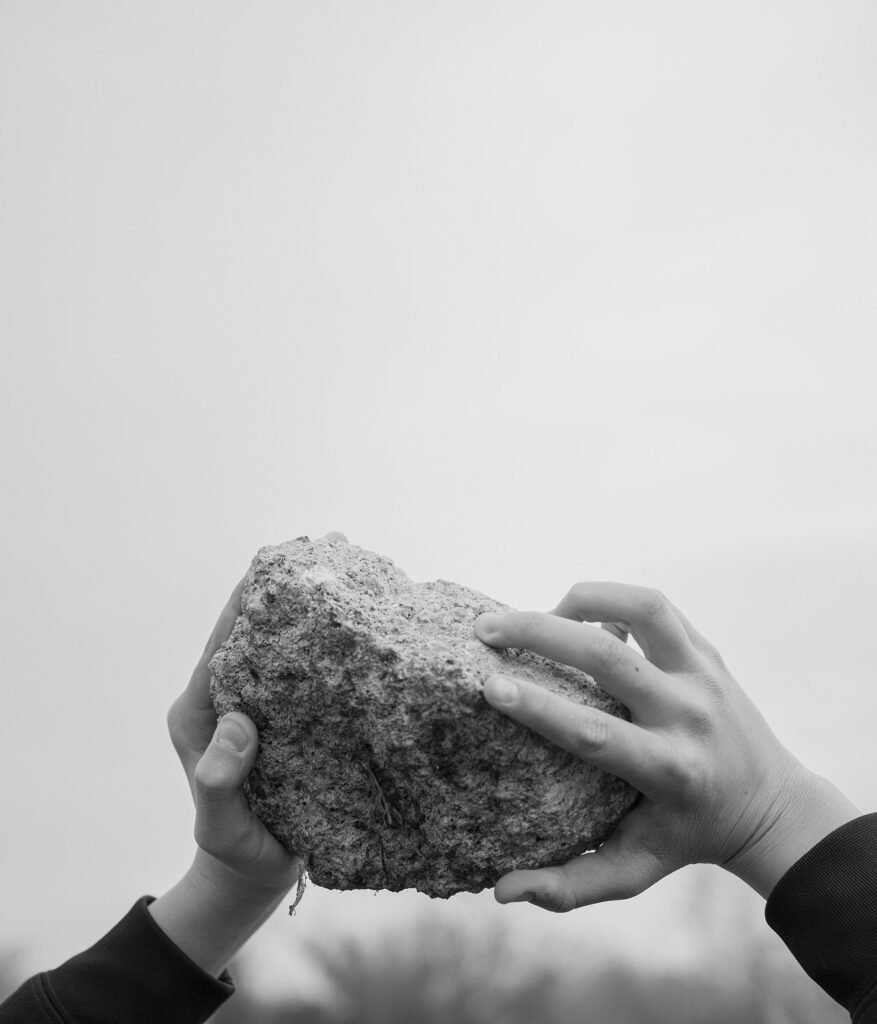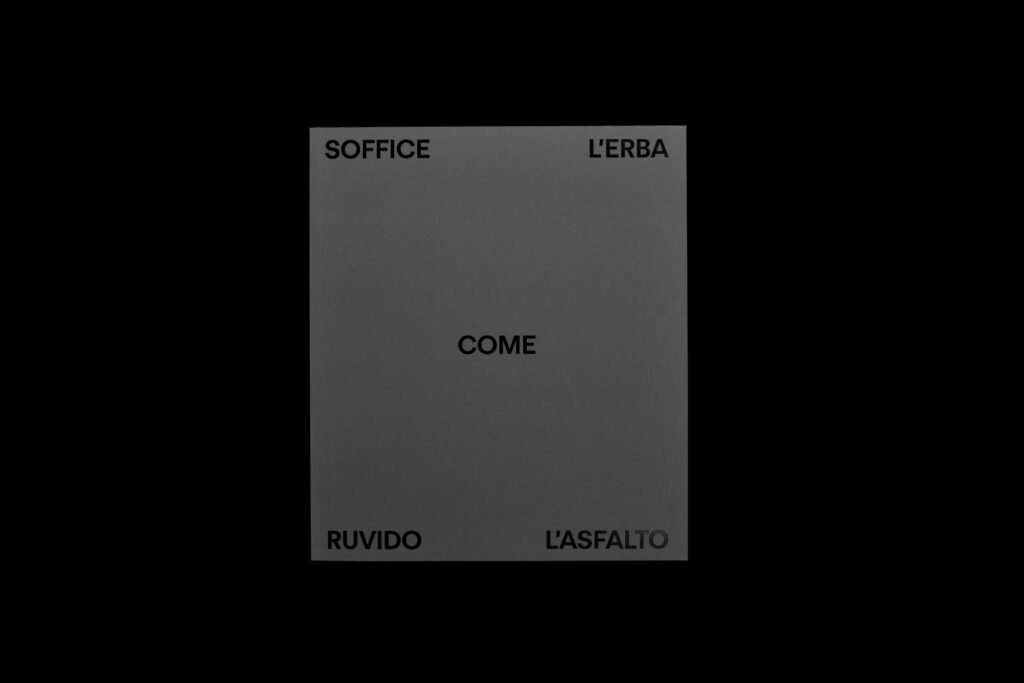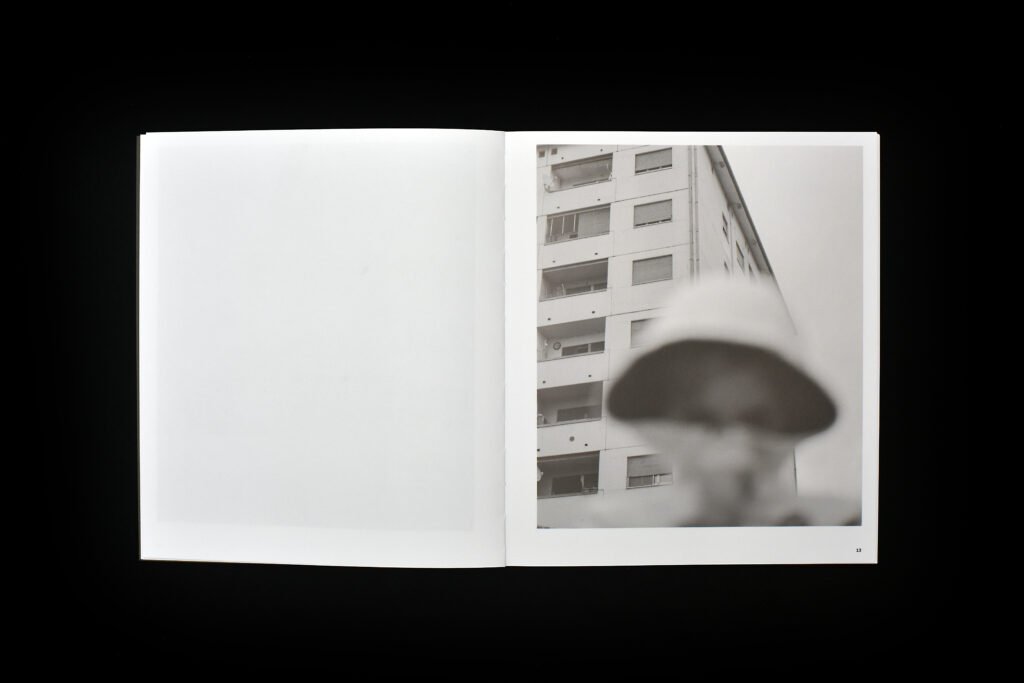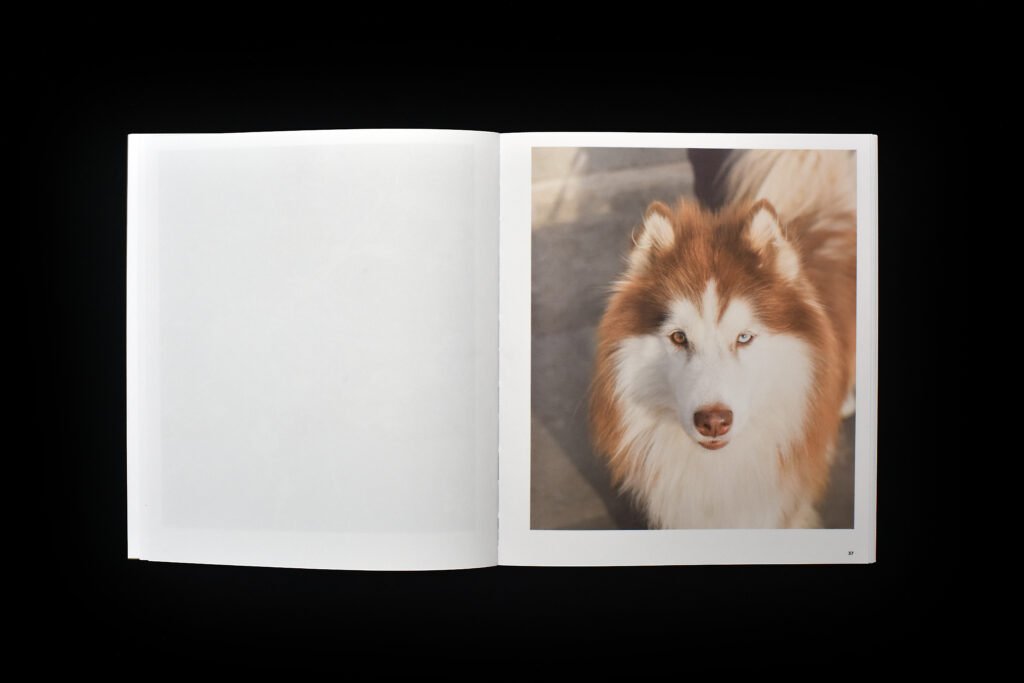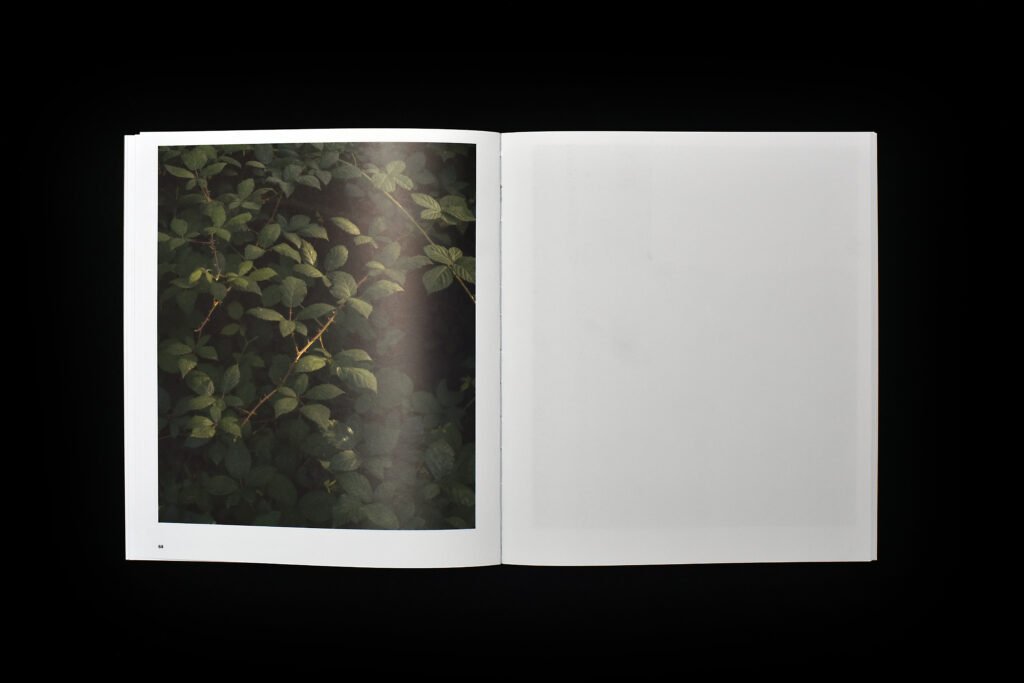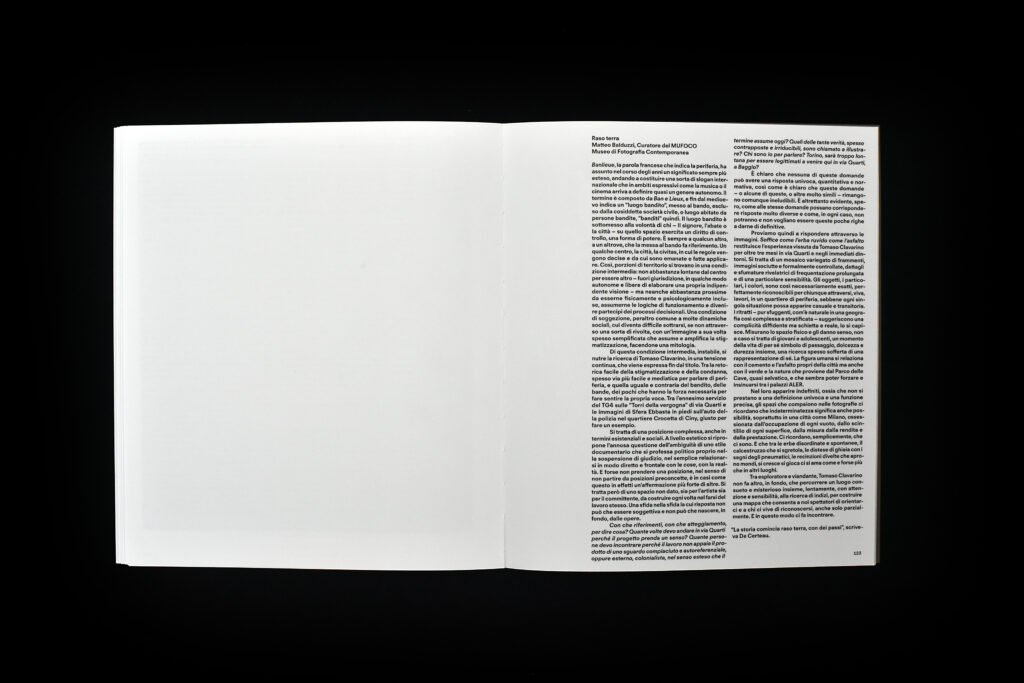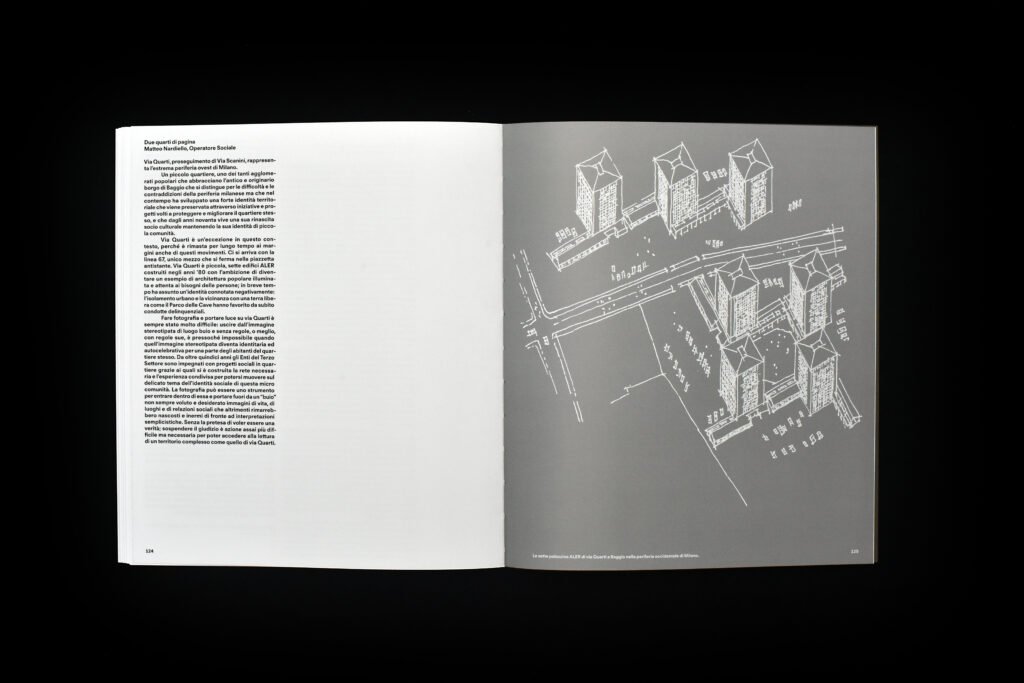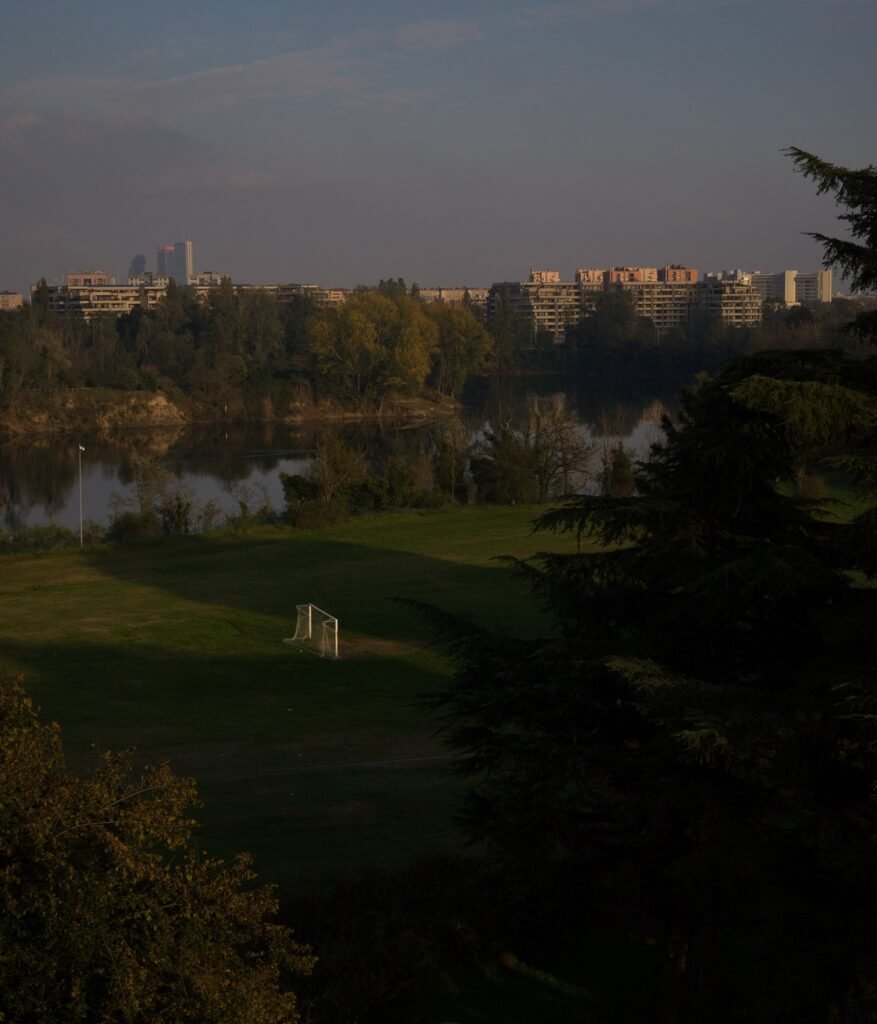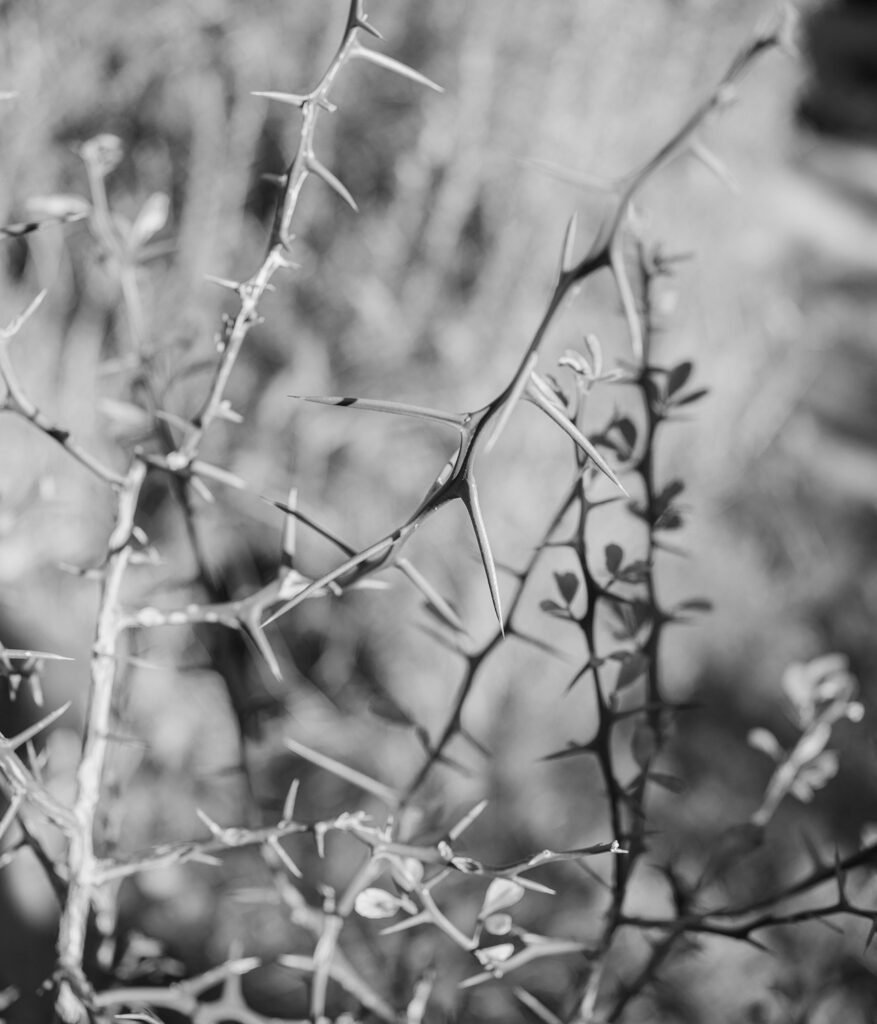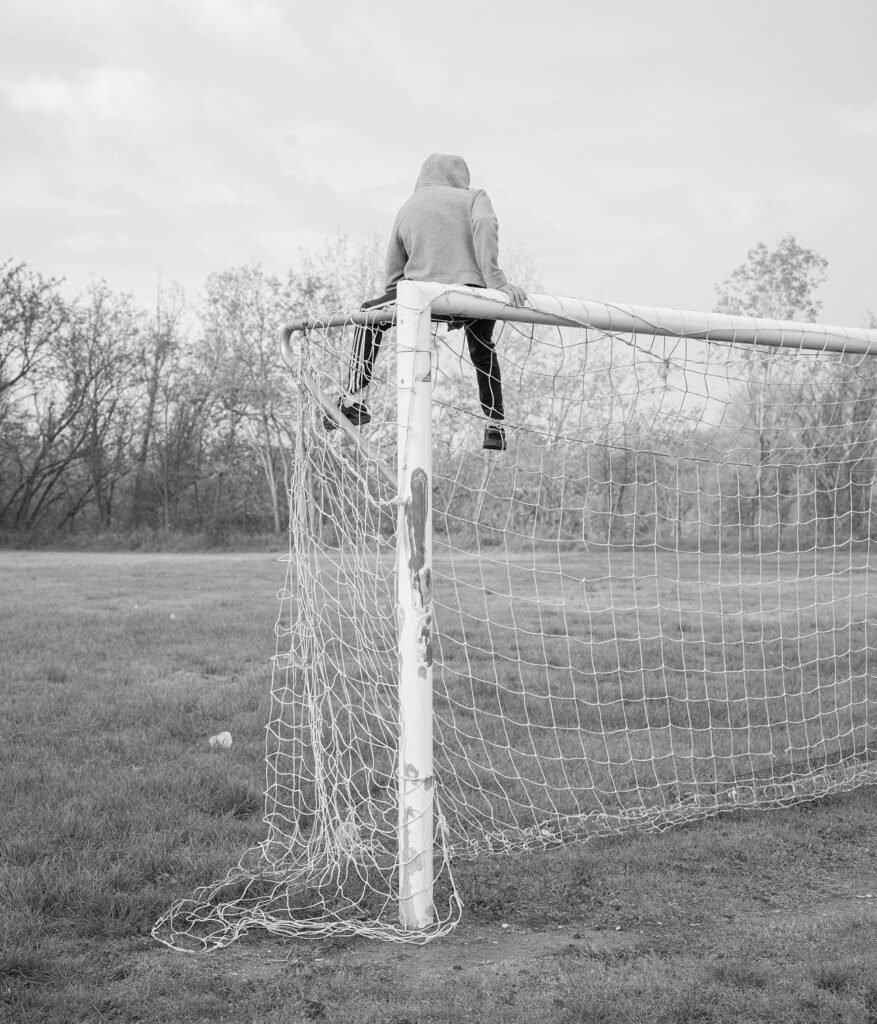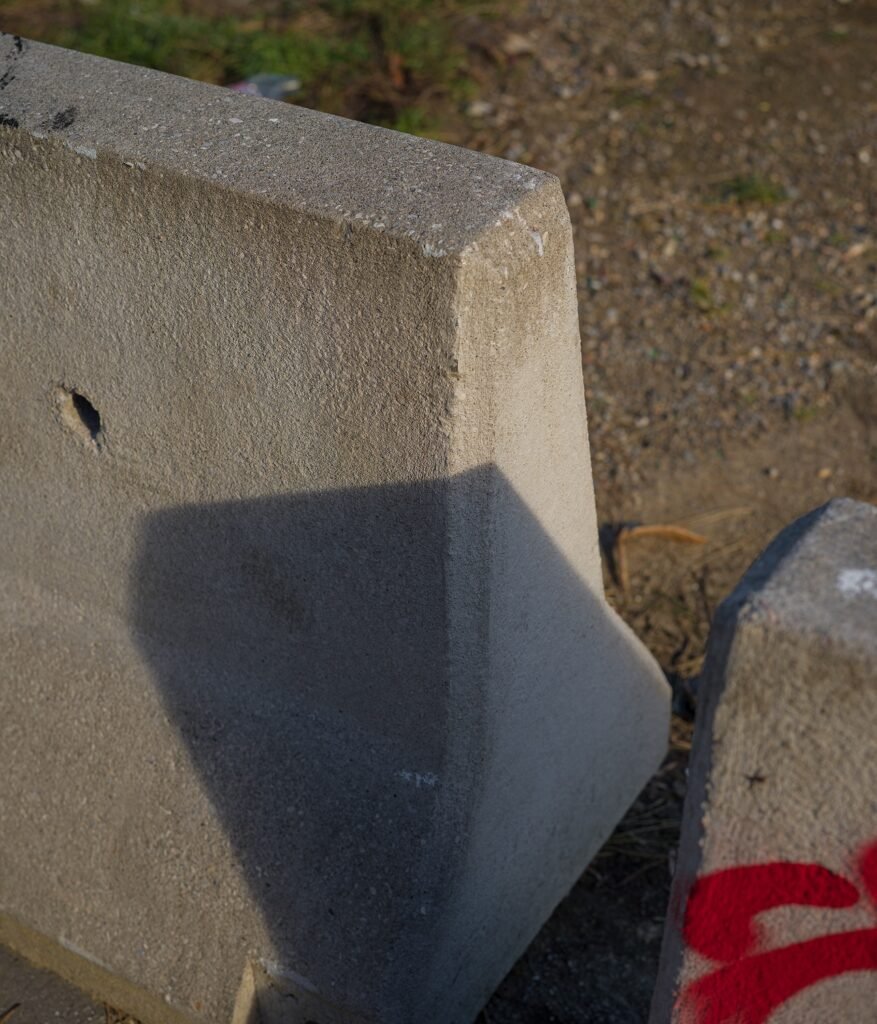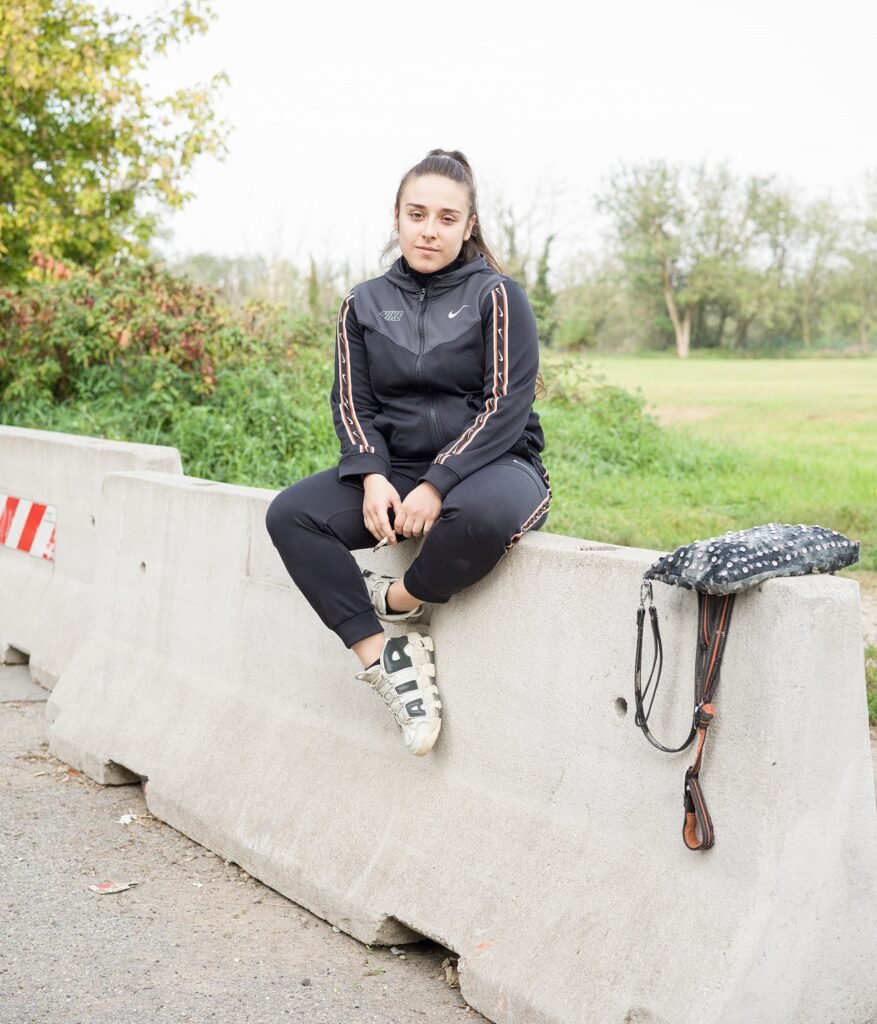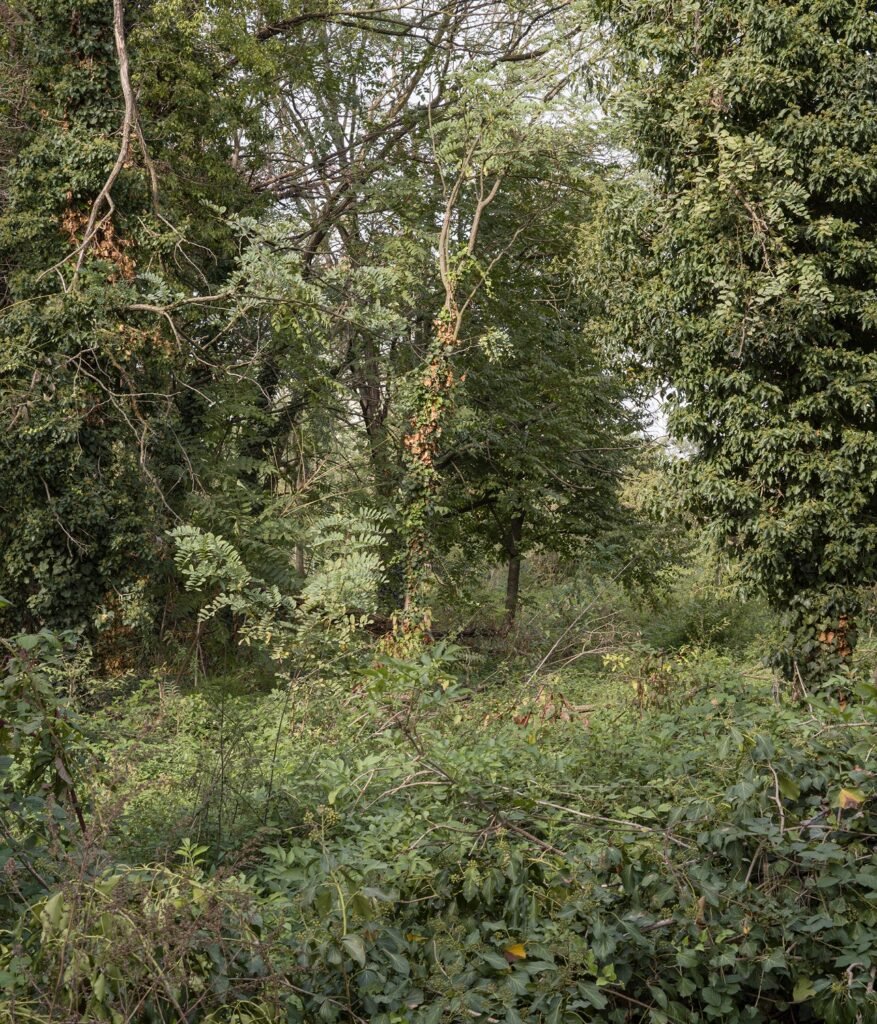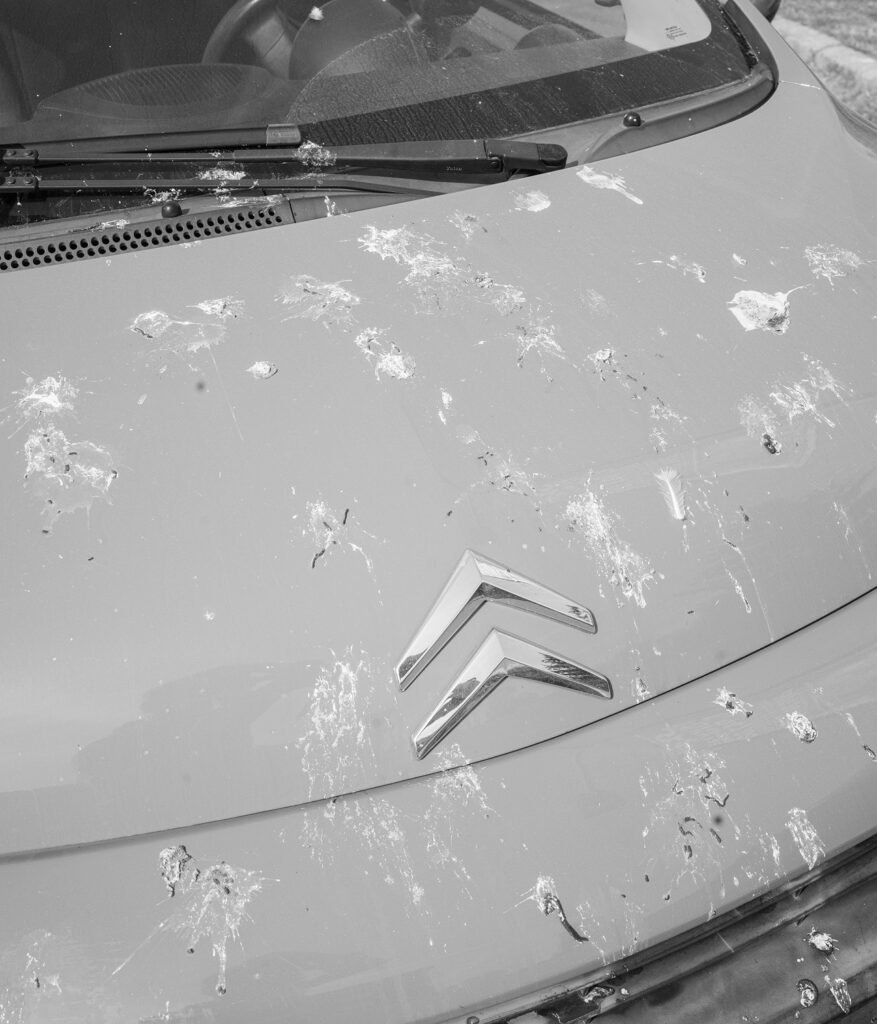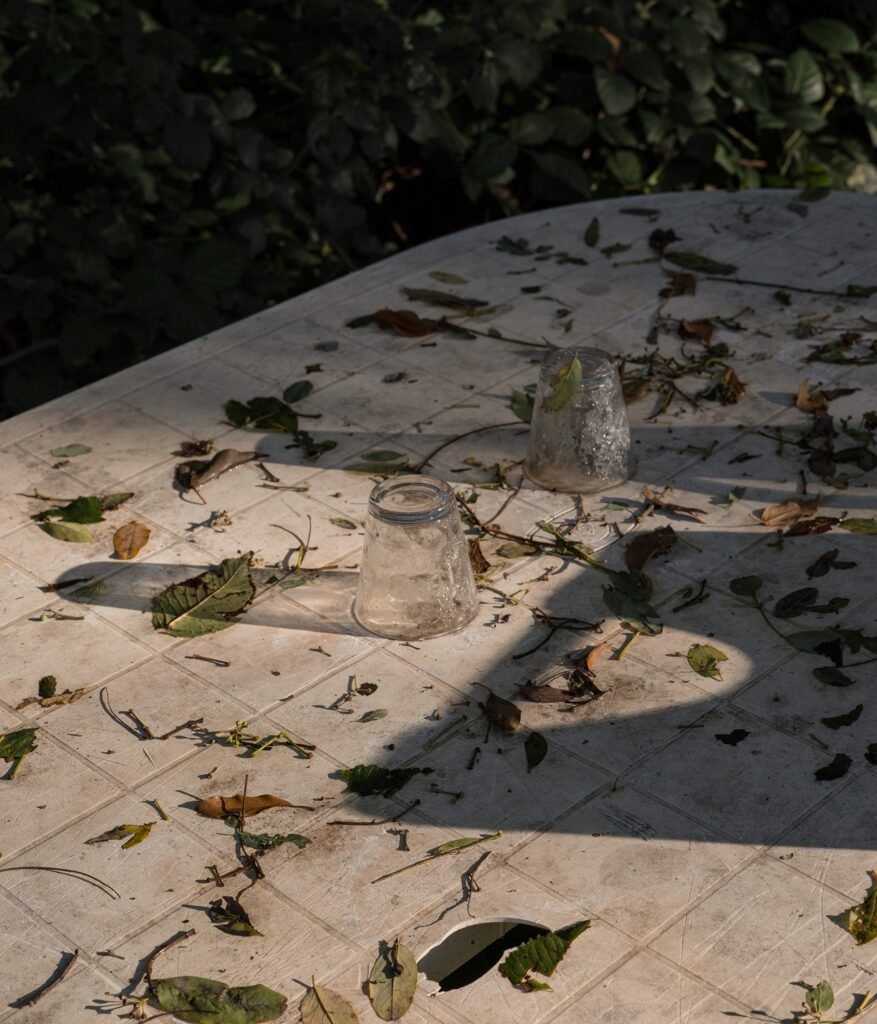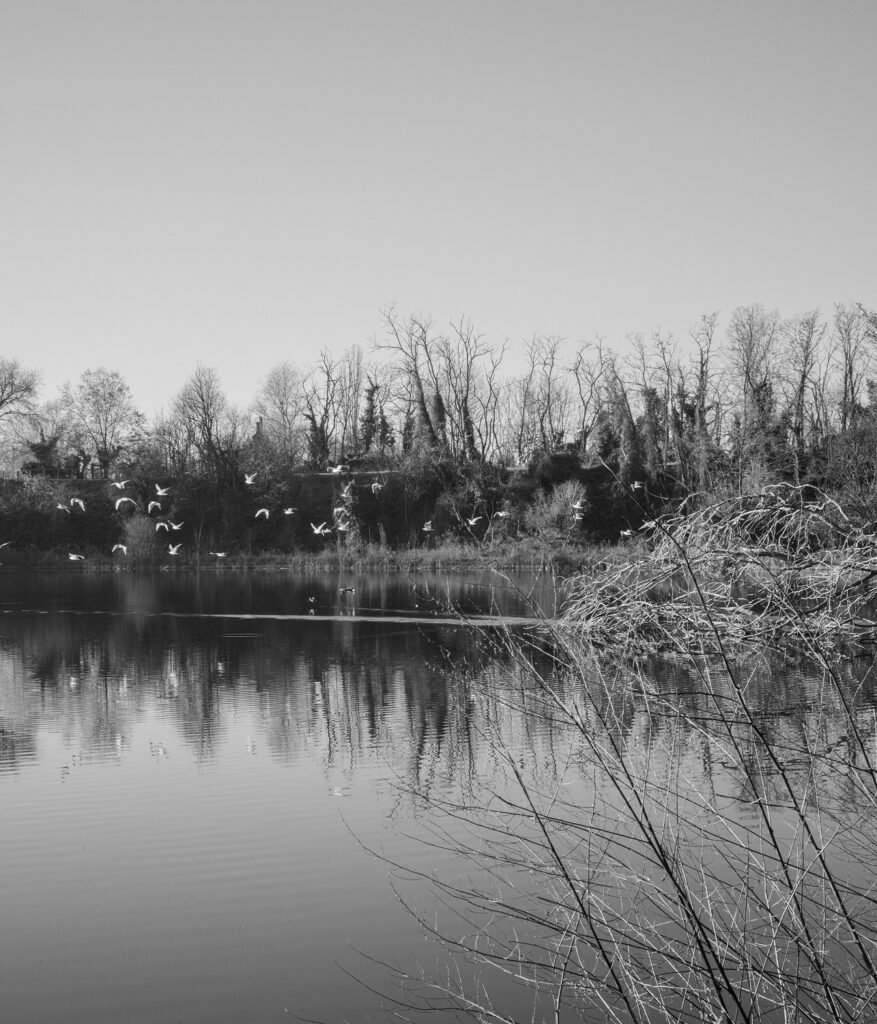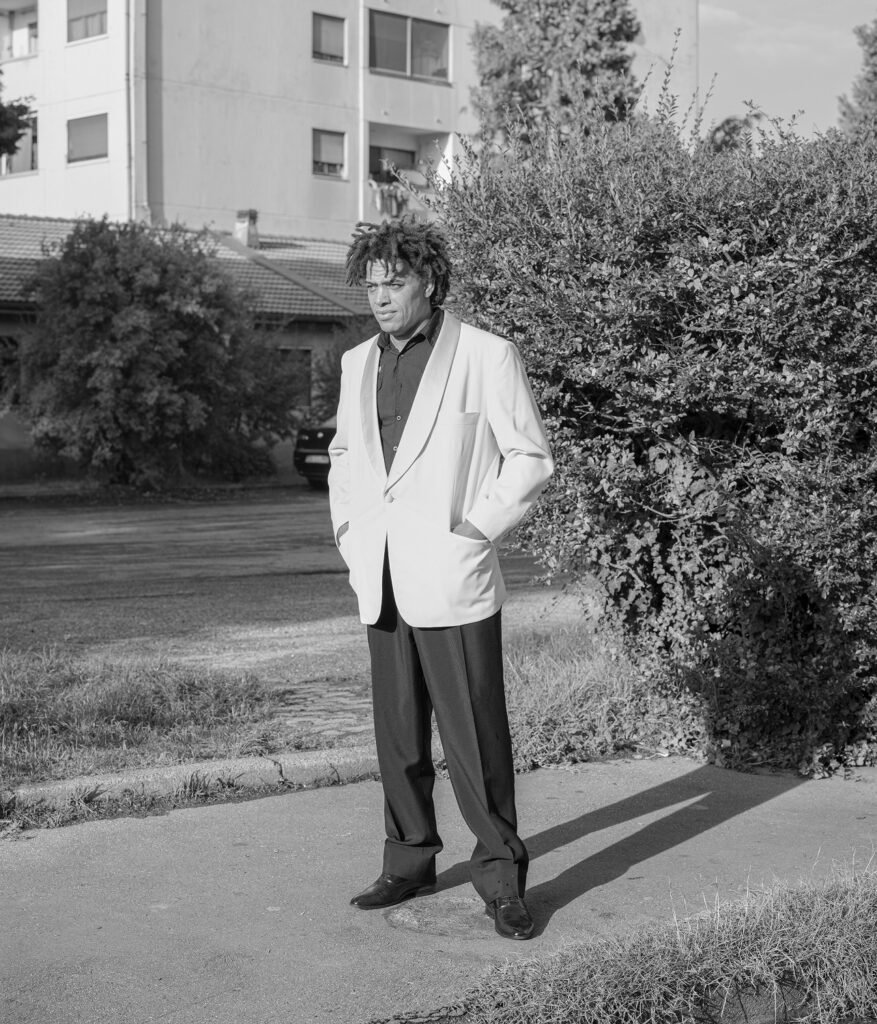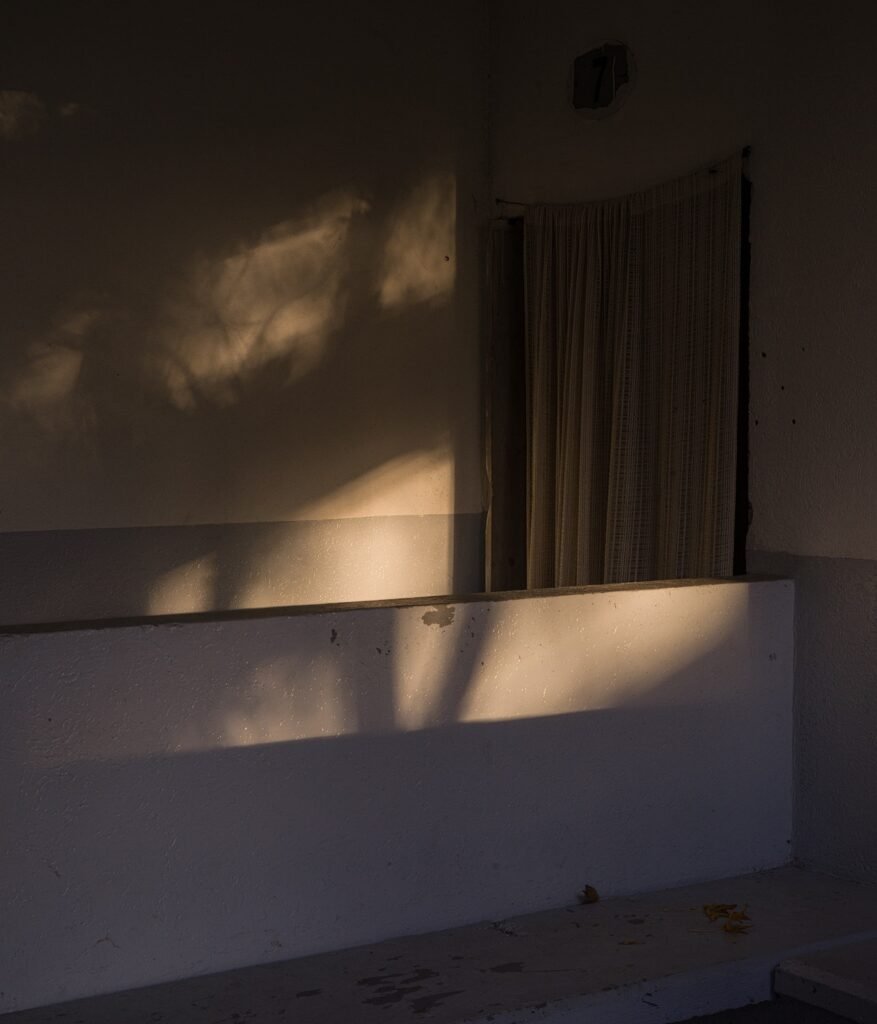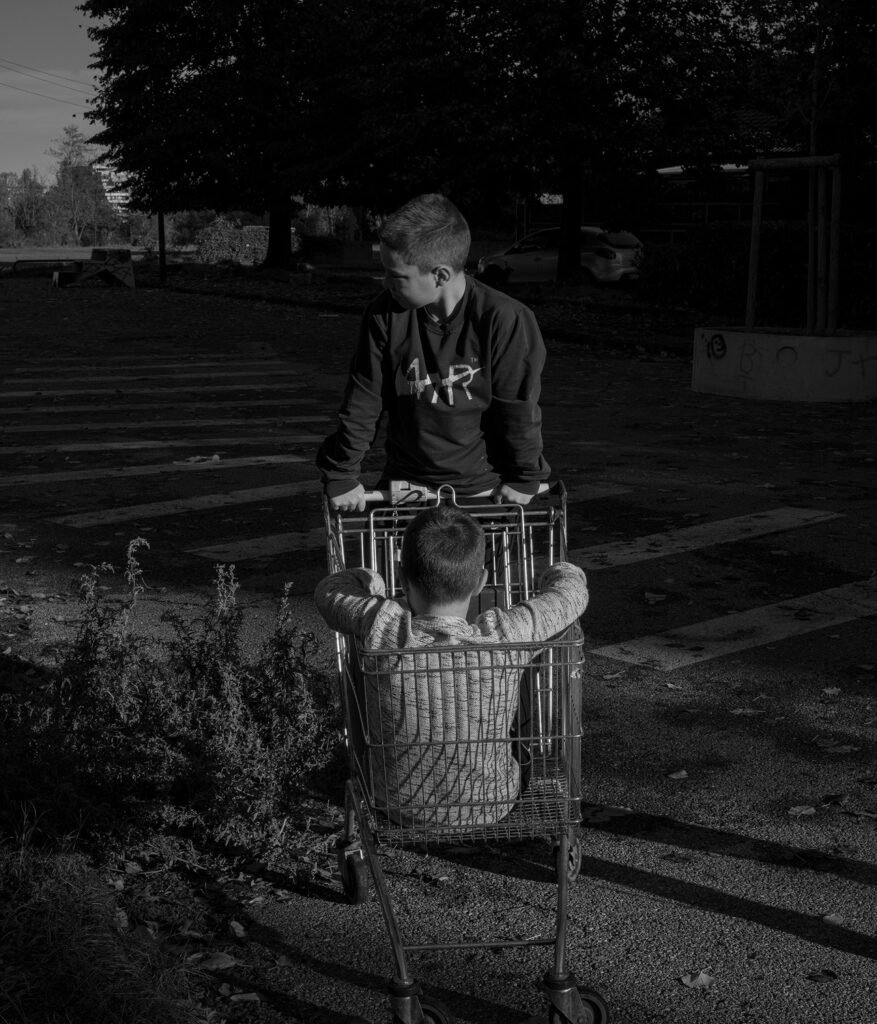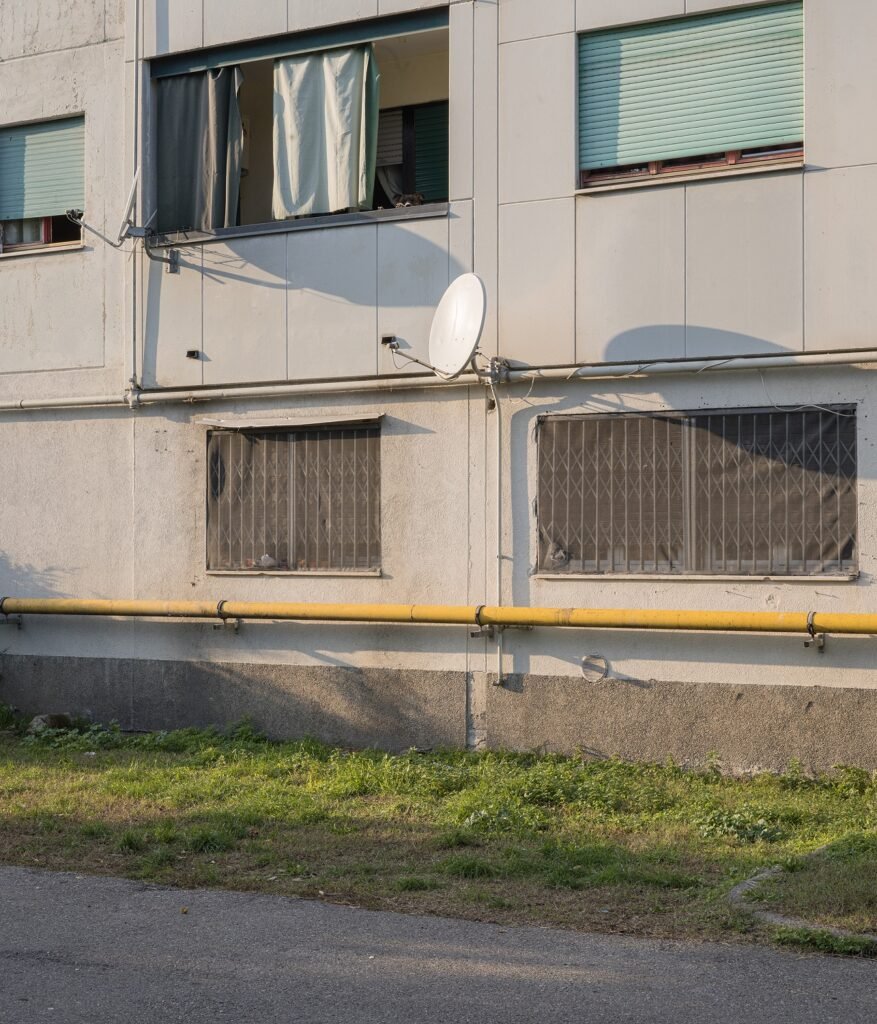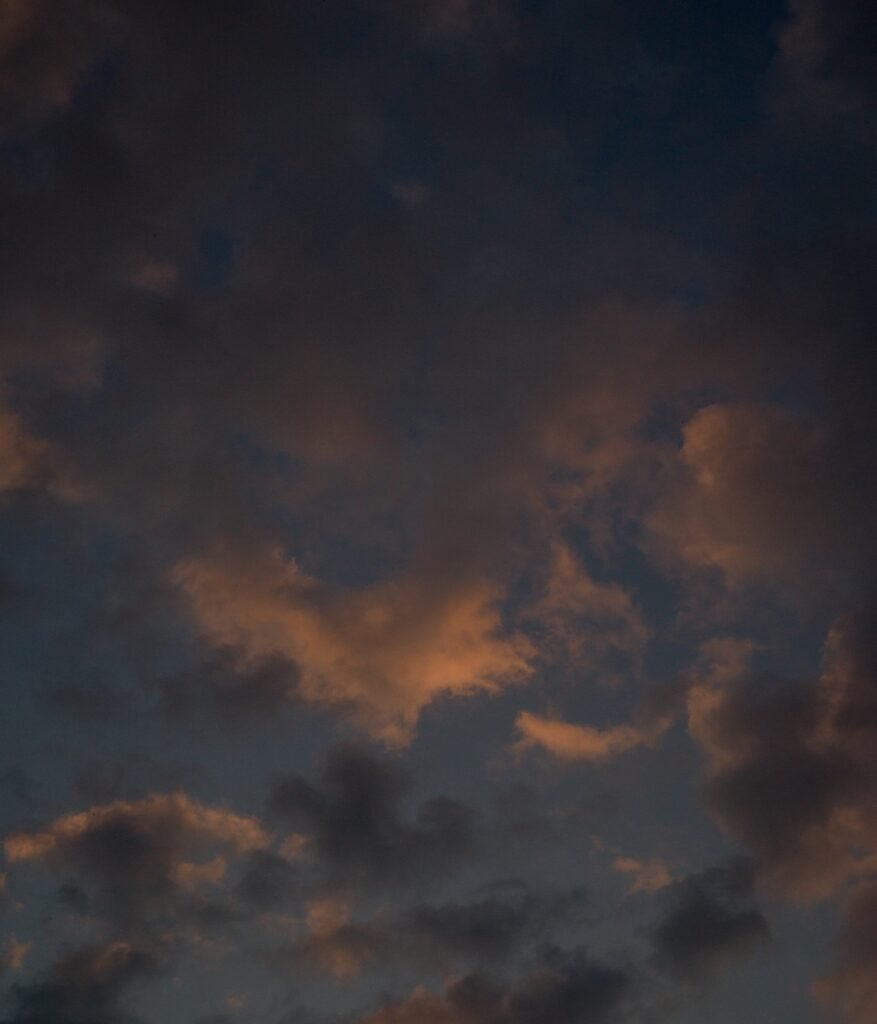Soffice come l’erba ruvido come l’asfalto is the result of the work of approximately four months developed by Tomaso Clavarino in via Quarti, in Baggio, a western suburb of Milan. Invited to produce a new body of images from a group of institutions involved in social projects in the area, Consorzio Sir, Teen City Baggio, Farsi Prossimo, financed by the Municipality of Milan, the photographer gave life to a visual narrative of a difficult, at times harsh, neighborhood with delicacy and sensitivity.
Via Quarti, seven mostly occupied Aler buildings (social housing), one road, three car park lots, protagonist several times, in negative, of the city news, it is one of those places that clash with the shining image of Milan, the city that looks to the future and swallows up every centimeter of available space.
Margin of an ever-expanding city, marginal like many of the lives that inhabit it, Via Quarti, however, can be told by moving beyond those visual stereotypes usually used to represent the suburbs. A complex, at times problematic, reality in which the many young people and adolescents who live there seems to float in a kind of void, rooted to the place where they belong but with their gaze turned elsewhere. And it is in this sort of limbo, in this sensation of indefiniteness, that Tomaso Clavarino moves, giving life to a suspended atmosphere, which whispers to us of suburbs, of marginality, of harsh lives and everyday life, touching them, but without ever showing them shamelessly.
Soffice come l’erba ruvido come l’asfalto has become a photographic book, designed by Paolo Angelini and printed at Poligrafiche in Cormons, which has been presented, at the same time as the exhibition of the same name, by Careof at the Fabbrica del Vapore, in January 2025 in Milan. A book produced by the Municipality of Milan, Consorzio Sir and Teen City Baggio, with afterwords by Matteo Balduzzi, curator of MUFOCO.
Soffice come l’erba ruvido come l’asfalto returns the experience lived by Tomaso Clavarino for over three months in via Quarti, in Milan, and in the immediate surroundings. It is a varied mosaic of fragments, straight and formal images controls, details and nuances revealing prolonged attendance and a particular sensibility. The objects, details, colors are like this, necessarily exact, perfectly recognizable to anyone who passes through, lives, work in a suburban neighborhood, though every single situation may appear casual and transitory. The portraits—although elusive, as is natural in such a complex and stratified geography—suggest a wary but frank and real complicity, you can tell this. They measure physical space and give it meaning, not a case we are talking about young people and adolescents, a moment of life that is symbolic in itself of passage, sweetness and hardness together,an often painful search for one self-representation. The human figure yes relates to its own concrete and asphalt of the city but also with the greenery and the nature that comes from the nearby Parco delle Cave, almost wild, and which seems to be able to force and creep between the ALER (social housing) buildings.
In their appearing indefinite they do not lend themselves to a single definition and a precise function, the spaces that appear in the photographs remind us what indeterminacy also means: possibility. Especially in a city like Milan, obsessed with the occupacy of every void, of the sparkle of every surface area, size and income and performance. They remind us, simply, that they are there.
Excerpt from the text “Raso terra” by Matteo Balduzzi in Tomaso Clavarino Soffice come l’erba ruvido come l’asfalto
Tomaso Clavarino is a photographer whose work is exhibited and presented in galleries, festivals and public spaces. Among them: Triennale Milano, Mufoco, Blanes Museum in Montevideo, Fotografia Europea, Athens Photo Festival, Lumen Museum, Les Recontres d’Arles, etc.
Since 2014 his works are regularly published in major International magazines. He is co-curator of Jest, a space for photographic culture in Turin, lecturer at IED, and lecturer in various institutes, workshops and masterclasses. He is the author of four monographs, “Confiteor,” 2018, ZineTonic Editions; “Ballad of Woods and Wounds,” 2020, studiofaganel; “Padanistan,” 2022, Guest Editions&studiofaganel; and “Soft as Grass Rough as Asphalt,” 2025, City of Milan.
